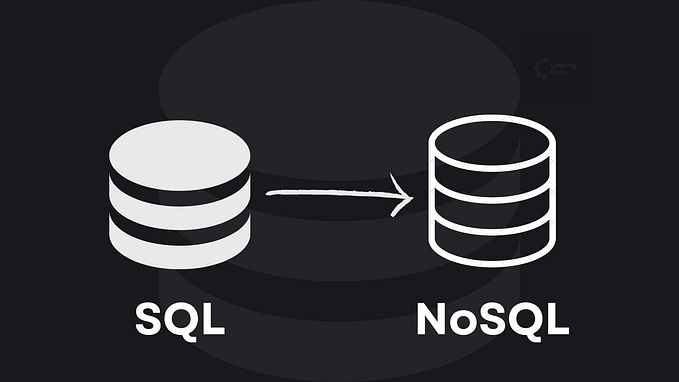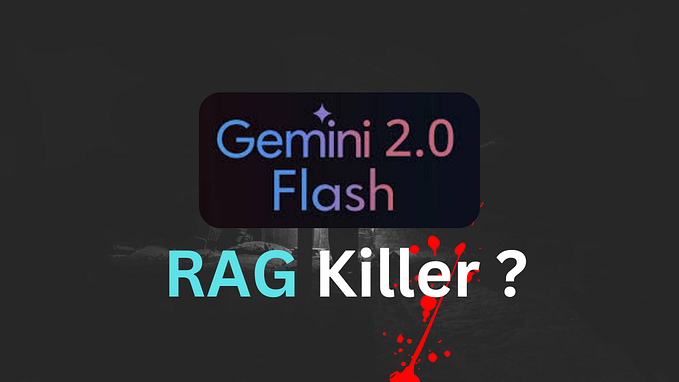Top Programming Languages on GitHub in 2024 — A Deep Dive into Trends, Triumphs, and Troubles

The programming landscape is a battlefield, and GitHub’s 2024 data reveals which languages are winning, which are rising, and which are fighting for survival. But rankings alone don’t tell the full story. To truly understand what’s happening, we need to dig deeper into the why behind these trends. Let’s critically analyze the top programming languages on GitHub in 2024 and uncover the forces shaping their trajectories.
Python: The Undisputed Champion
Python’s dominance is no accident. It’s the result of strategic positioning and relentless adaptation. Here’s why Python continues to reign:
- The AI and Data Science Boom: Python is the lingua franca of artificial intelligence (AI) and data science. Libraries like TensorFlow, PyTorch, and Pandas have made it indispensable for machine learning and data analysis. As AI continues to dominate tech conversations, Python’s relevance only grows.
- Beginner-Friendly Yet Powerful: Python’s simple syntax lowers the barrier to entry, making it the first language for many new developers. But don’t mistake simplicity for weakness — Python is a powerhouse capable of handling complex tasks.
- Corporate Backing: Big tech companies like Google, Facebook, and Amazon have heavily invested in Python. This corporate support ensures continuous development and widespread adoption.
But is Python invincible? Not quite. Its performance limitations in high-speed applications (e.g., gaming or real-time systems) mean it’s not a one-size-fits-all solution. However, for now, its versatility keeps it on top.
JavaScript and TypeScript: The Dynamic Duo
JavaScript remains the backbone of the web, but TypeScript is stealing the spotlight. Here’s why:
- JavaScript’s Ubiquity: Every web browser runs JavaScript, making it unavoidable for front-end development. With the rise of Node.js, JavaScript has also become a force in backend development.
- TypeScript’s Rise: TypeScript, a superset of JavaScript, addresses JavaScript’s weaknesses, particularly in large-scale projects. Its static typing system catches errors early, improving code quality and maintainability.
- Enterprise Adoption: Companies like Microsoft, Slack, and Asana have embraced TypeScript, signaling its importance in modern web development.
The Critical Takeaway: JavaScript isn’t going anywhere, but TypeScript is becoming the de facto standard for serious web development. Developers who ignore TypeScript risk falling behind.
Java and C#: The Enterprise Titans
Java and C# have long been staples in enterprise software development, but their positions are increasingly precarious.
- Java’s Strengths: Java’s “write once, run anywhere” philosophy and robust ecosystem make it a favorite for large-scale systems. Android development also keeps Java relevant.
- C#’s Niche: C# thrives in game development (thanks to Unity) and Windows applications. Its integration with the .NET framework ensures its place in enterprise environments.
But here’s the problem: Both languages are perceived as verbose and less modern compared to Python or JavaScript. While they’re not disappearing anytime soon, their growth is stagnating as developers flock to more agile alternatives.
C++: The Performance Powerhouse
C++ remains the go-to language for performance-critical applications like game engines, operating systems, and embedded systems. Its control over system resources is unmatched.
However: C++’s complexity and steep learning curve make it less appealing for general-purpose development. It’s a niche language, but one that’s indispensable in its niche.
PHP: The Fading Giant
Once the king of web development, PHP is now a shadow of its former self. Here’s why:
- Legacy Code: PHP powers a significant portion of the web, including WordPress. However, much of this is legacy code, and new projects rarely choose PHP.
- Modern Alternatives: JavaScript (Node.js) and Python offer more modern, scalable solutions for backend development.
- Reputation Issues: PHP’s reputation for insecure and messy code has hurt its adoption. While frameworks like Laravel have improved the situation, they haven’t been enough to reverse the decline.
The Harsh Reality: PHP’s decline is a cautionary tale. In tech, resting on past success is a recipe for obsolescence.
Shell Scripting: The Unsung Hero
Shell scripting may not be glamorous, but it’s essential for system administration and automation. Its presence on this list is a reminder that not all programming is about building apps — sometimes, it’s about getting things done efficiently.
What This Means for Developers
The trends we’re seeing in 2024 have clear implications for developers:
- Python is a Safe Bet: If you’re starting out or looking to expand your skill set, Python is a versatile and future-proof choice.
- TypeScript is the Future of Web Development: JavaScript developers should prioritize learning TypeScript to stay competitive.
- Enterprise Languages Are Stagnating: Java and C# are still relevant, but their growth is limited. Developers in these ecosystems should consider branching out.
- Niche Languages Have Their Place: C++ and Shell scripting may not be mainstream, but they’re critical in specific domains.
- Adapt or Be Left Behind: PHP’s decline is a stark reminder that no language is immune to obsolescence. Continuous learning is non-negotiable.
The Bigger Picture: What’s Driving These Trends?
The rise and fall of programming languages are driven by three key factors:
- Industry Demand: The demand for AI, data science, and web development is fueling Python and JavaScript’s growth.
- Developer Experience: Languages that prioritize ease of use and modern features (like TypeScript) are winning hearts and minds.
- Corporate Influence: The backing of tech giants can make or break a language. Python and TypeScript benefit heavily from corporate support.
Conclusion: The Ever-Changing Tech Landscape
The 2024 GitHub rankings are more than just a list — they’re a snapshot of a rapidly evolving industry. Python’s dominance, TypeScript’s rise, and PHP’s decline reflect broader shifts in technology and developer preferences.
But here’s the critical question: What’s next? Will Python’s reign continue, or will a new language emerge to challenge it? Will TypeScript eventually overtake JavaScript? And what lessons can we learn from PHP’s decline?
The answers to these questions will shape the future of programming. One thing is certain: in tech, standing still is not an option.
What do you think about these trends? Are you team Python, TypeScript, or something else entirely? Share your thoughts in the comments, and let’s debate the future of programming!






